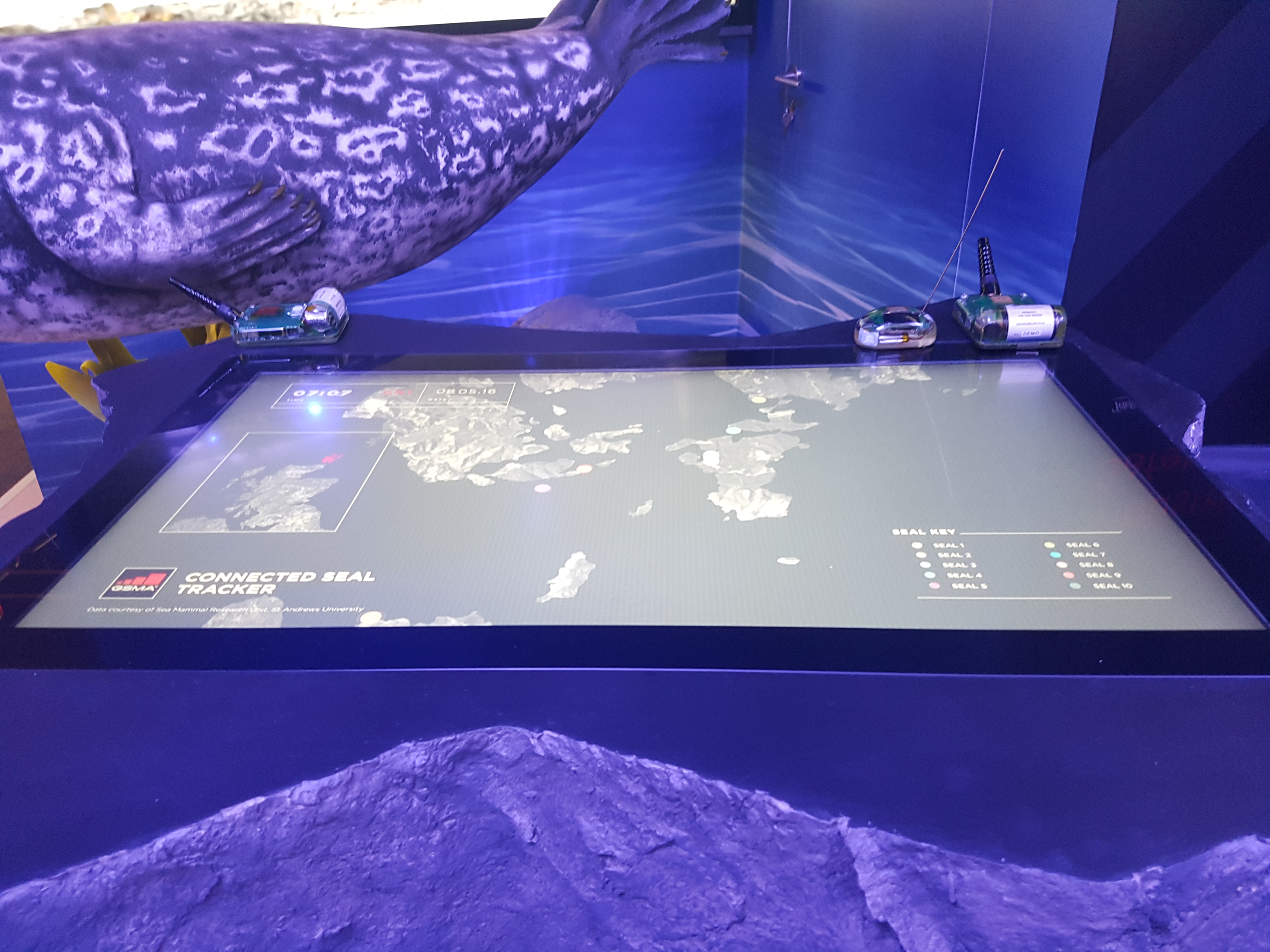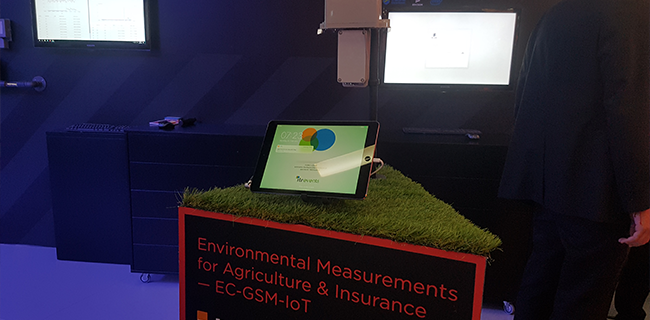Such is the rapid development of the Internet of Things that new milestones seem to be as quickly reached as they are surpassed. However, with the standardisation and commercial launch of Mobile IoT (licensed spectrum Low Power Wide Area) technology, the IoT appears to have hit a defining stage in its evolution.
Why? Because now the IoT has a technology which is defined by relatively low cost, long battery life and ability to be operate in hard to reach locations. Many sectors stand to gain from this; industrial, wearables, logistics and utilities are all on the cusp of being able to fundamentally improve their services. Yet it is environmental protection that could be most transformed by Mobile IoT.
A teaser of what could soon be commonplace in conservation can be found in range of showcases inside Mobile World Congress’s Innovation City. Most striking of all is the technology’s potential to be used off shore, where it could be used to reliably track marine life. The University of St Andrews Sea Mammal Research Unit (SMRU) is developing smart telemetry tags using Narrow Band-IoT (NB-IoT) technology to track and monitor the movement of harbour seals and research the reasons behind their population decline. NB-IoT is a Low Power, Wide Area (LPWA) technology that is standardised by 3GPP and supported by the GSMA’s Mobile IoT Initiative and will play a fundamental role in the emerging ‘Internet of the Seas’ by helping to enable the transmission of tracking data.

The new sensors being developed by SMRU will be harmlessly attached to the seals in order to log detailed data on the animals’ behaviour, such as location and dive depth, as well as temperature, salinity and, eventually, underwater sound. Low power devices and networks in licensed spectrum vastly improve wildlife tracking by enabling more efficient tracking tags that are smaller and less intrusive.

Other Mobile IoT Technologies, LTE-M and EC-GSM-IoT also to transform all kinds of everyday operations. Inside the Innovation City we are given a glimpse of how agriculture is being vastly improved thanks to EC-GSM-IoT. By using this technology to collect localised data from ground sensors and combining it with data streams from satellites and communities, farmers are able receive much more accurate weather and environmental estimates. This data supports improved delivery of weather insurance, disaster response, and crucially, the long-term management of key resources such as water.
Mobile IoT has as many environmentally friendly applications in urban settings as it does remote and rural contexts. Demonstrations of an LTE-M connected waste bin provides insight into the evolution of the smart city, where waste levels are monitored in real time to optimise collection schedules. Sensors in the waste containers are also able to send alerts when fires are detected, resulting in a reduction in damage liability and response time.
What we are learning from Mobile IoT is that data can now be as easily transmitted as it can be collected, and that now, there are very few restrictions as to where this can be transmitted. Companies that operate in remote locations or that can benefit from the transmission of essential data will soon be in a position to improve their services, moreover, they will be able to do this in a substantially more environmentally friendly fashion.